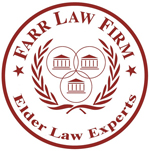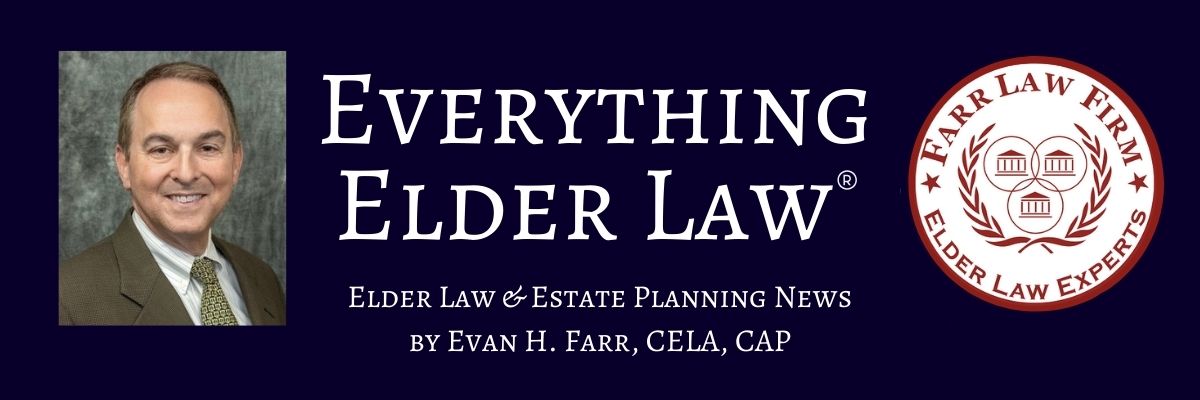Long-term care costs can add up quickly. Our firm can assist veterans and surviving spouses of veterans obtain valuable help when they need in-home care, or are in an assisted living facility or nursing home.
The Veterans Administration (VA) has an underused pension benefit called Aid and Attendance that provides money to those who need assistance performing everyday tasks. Even veterans whose income is above the legal limit for a VA pension may qualify for the Aid and Attendance benefit if they have large medical expenses for which they do not receive reimbursement.
Aid and Attendance is a pension benefit, which means it is available to veterans who served at least 90 days, with at least one day during war time. The veteran does not have to have service-related disabilities to qualify. Veterans or surviving spouses are eligible if they require the aid of another person to perform an everyday action, such as bathing, feeding, dressing, or going to the bathroom. This includes individuals who are bedridden, blind, or residing in a nursing home.
To qualify the veteran or spouse must have less than $80,000 in assets, excluding the home and vehicle. In addition, the veteran’s income must be less than the Maximum Annual Pension Rate (MAPR). Following are the MAPRs for 2007:
Single veteran $18,234
Veteran with one dependent $21,615
Single surviving spouse $11,715
Surviving spouse with one dependent $13,976
Income does not include Medicaid benefits or Supplemental Security Income. It also does not include unreimbursed medical expenses actually paid by the veteran or a member of his or her family. This can include Medicare, Medigap, and long-term care insurance premiums; over-the-counter medications taken at a doctor’s recommendation; long-term care costs, such as nursing home fees; the cost of an in-home attendant that provides some medical or nursing services; and the cost of an assisted living facility. These expenses must be unreimbursed (in other words, insurance must not pay the expenses). The expenses should also be recurring, meaning that they should recur every month.
How it works: The amount a person receives depends on his or her income. The VA pays the difference between the veteran’s income and the MAPR.
Example: John, a single veteran, has income from Social Security of $16,500 a year and a pension of $12,000 a year, so his total income is $28,500 a year. He pays $20,000 a year for home health care, $1,122 a year for Medicare, and $1,788 a year for supplemental insurance, so his total medical expenses are $24,910. Subtracting his medical expenses from his income ($28,500 – $24,910), John’s countable income is $3,590. John could qualify for $14,644 ($18,234 – $3,590) in Aid and Attendance benefits.














Leave a comment
You must be logged in to post a comment.